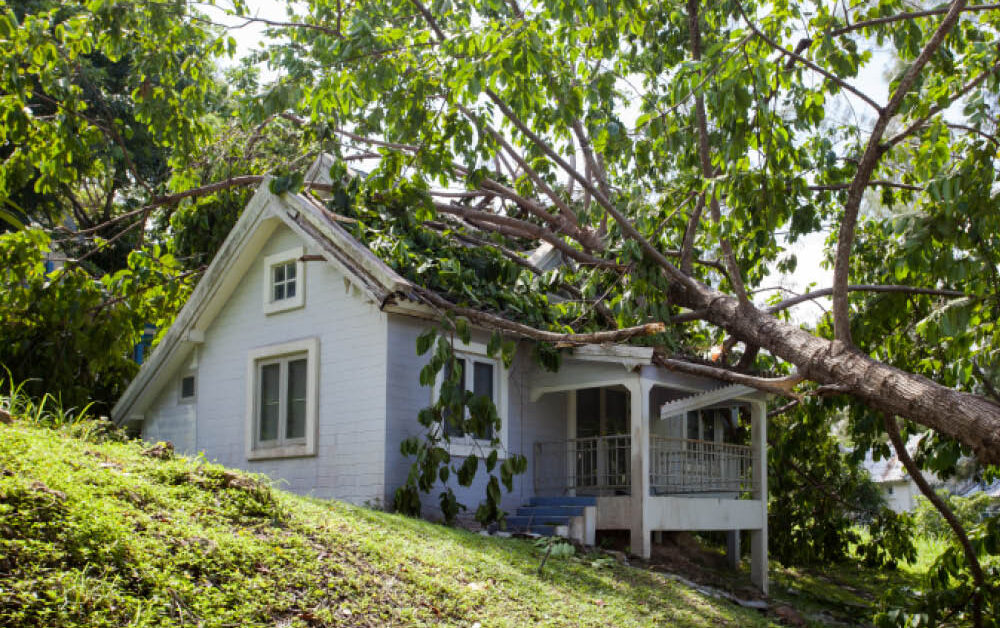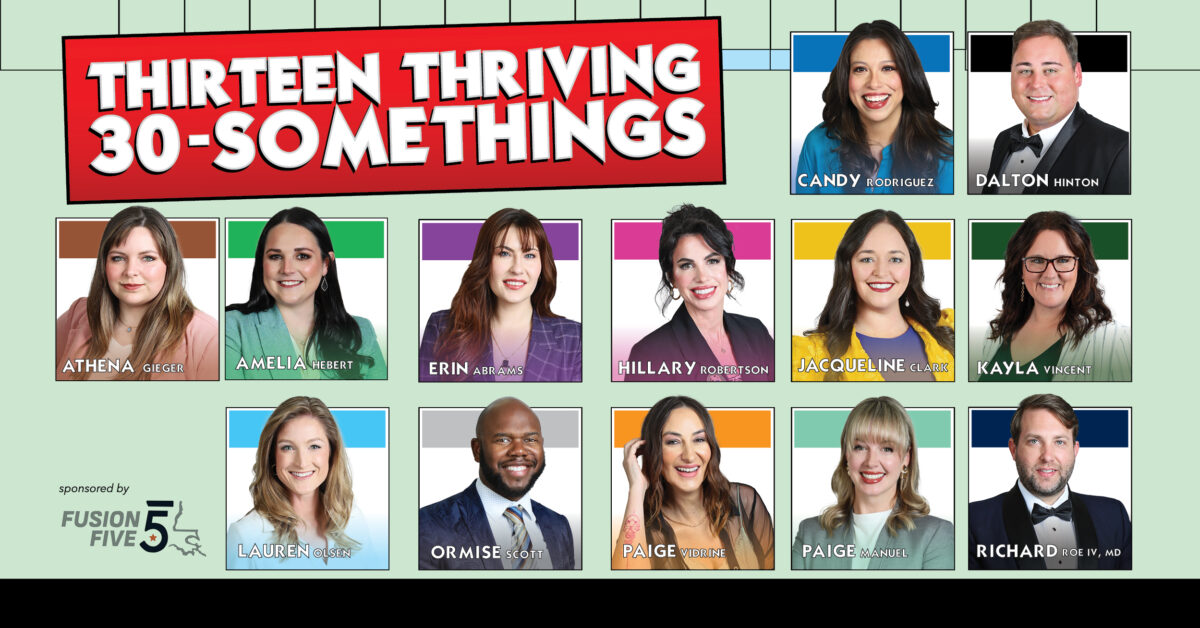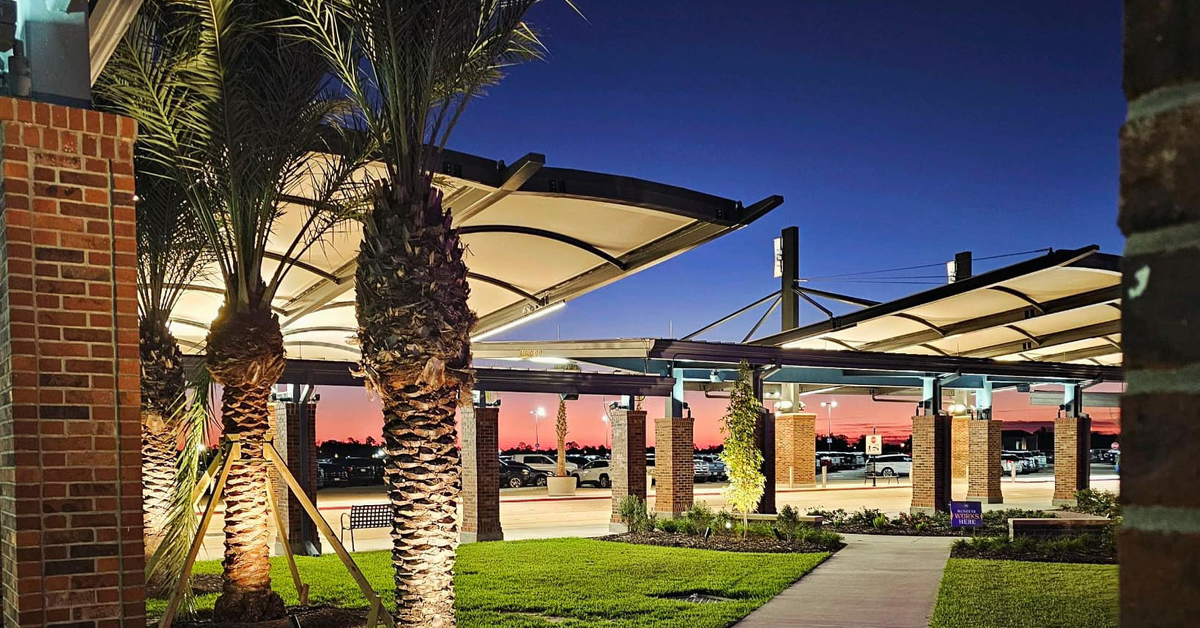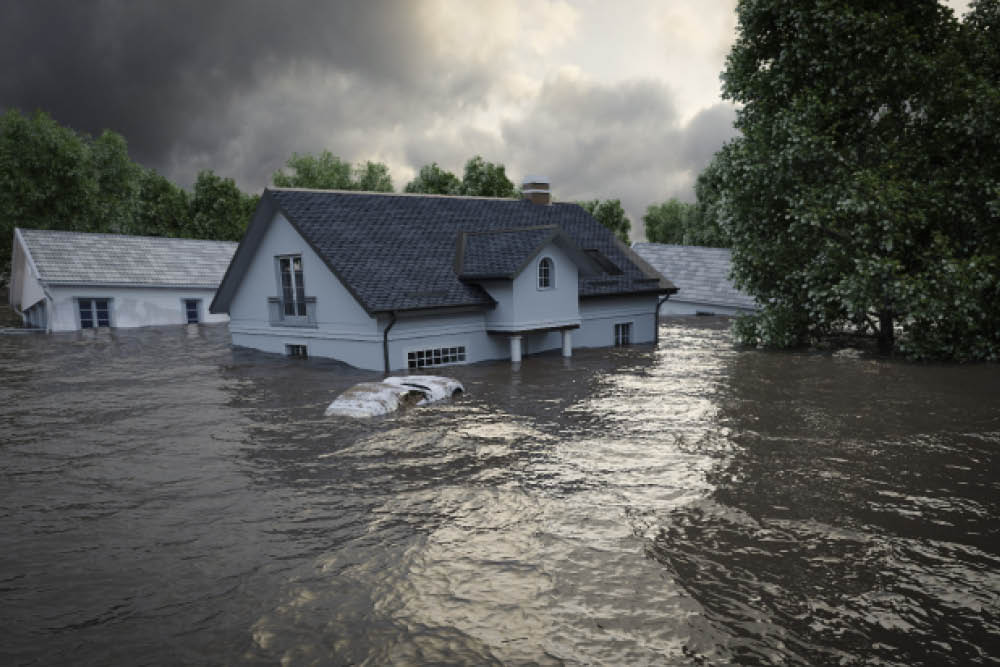
Tips to Ease the Process for Future Insurance Claims
January 2021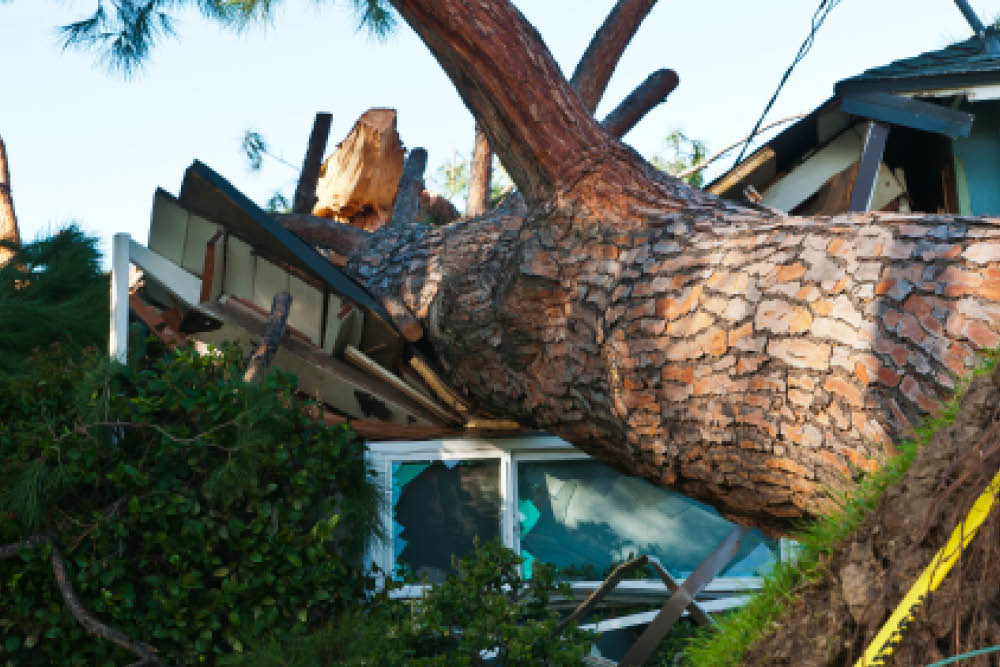
When Your Insurance Company Won’t Cooperate: The Next Step
January 2021by Stefanie Powers
The hurricane season of 2020 was a rude awakening for many SWLA homeowners. Dissatisfied with their insurance companies for a variety of reasons, many residents are seeking to change their insurer.
Shayne Laughlin, ChFC® LUTCF of State Farm sheds some light on what we need to look for when shopping for homeowner’s insurance. “I believe the most important thing to look for in your insurance company is a competent, local office, with an agent and team who are readily available and willing to go to bat for you,” says Laughlin. “In a catastrophic event of this magnitude, most people have quickly realized that no matter who you are insured with, the adjuster that shows up at your door can make or break your experience. If the adjuster is great, you have no worries, but if not, that’s where your local agent makes all the difference.”
Laughlin says the local agent and team should know the policies they sell and be your advocate. “They should be the liaison between you and the insurance company, helping you to navigate through the steps and processes that all insurance companies have,” she continues. “No insurance company can get it right 100% of the time, so when things aren’t going right, you should feel confident that you can sit down with your local agent and be heard.”
Don’t just shop price, Laughlin advises. “The people of SWLA should realize now more than ever that they need to take a more active role in their insurance. Gone are the days when you can pay your premiums and know nothing about your policies. If you purchase a policy and that company does not even attempt to review what all it covers, then you should run. Insurance is one of the most difficult industries to understand, but you have to have it, so you may as well educate yourself so you won’t be caught off guard.”
All policies are not created equal. “There are at least eight different levels of Homeowners policies, from HO1 – HO8, which not only dictate the price but the coverage options as well, so buyer beware,” she cautions. “What a policy should cover truly depends on the individual purchasing the policy.”
Laughlin says the biggest issues she saw after the hurricanes were people being underinsured on the dwelling extensions. “This is not the home itself, but the additional structures on the property, such as fences, sheds, shops, pools, etc. There is an automatic coverage with each policy (usually a percentage of the dwelling coverage, and that percentage can vary by company) but it is up to the homeowner to inform their local agent if they add structures after they purchased the policy and need to increase this coverage.”
Additionally, consumers should look for Replacement Cost Policies. This means that when you have a claim, the company will pay you the Actual Cash Value (what the item is worth today based on age and condition). Then, once you replace that item, they will pay you the difference between the ACV and the Replacement cost.
“There are lots of endorsements that can be added to a policy, but the agent has no way of knowing what each individual needs unless they sit down and review with them,” Laughlin says.
She also makes a side note for business owners like herself. “The policy you carry should cover loss of income. This income payment can be the difference between recovering from the loss and closing your doors permanently.”
Many homeowners discovered their deductibles were so huge they cannot afford repairs. “The remedy for this is to take one-to-two hours a year and schedule an appointment with your local agent to review your policies and ask questions,” Laughlin advises. “The deductibles are generally clearly listed on the Declarations page of every policy and not hidden in the fine print.
The renewal policies are sent out approximately 45 days prior to the renewal date. When homeowners get this in the mail, it should be their trigger to contact their agent and either set an appointment to review the policy or at minimum, ask questions about their deductibles. All companies are different, but 30 days prior to your renewal is typically when you can make changes to things like hurricane deductibles.”



